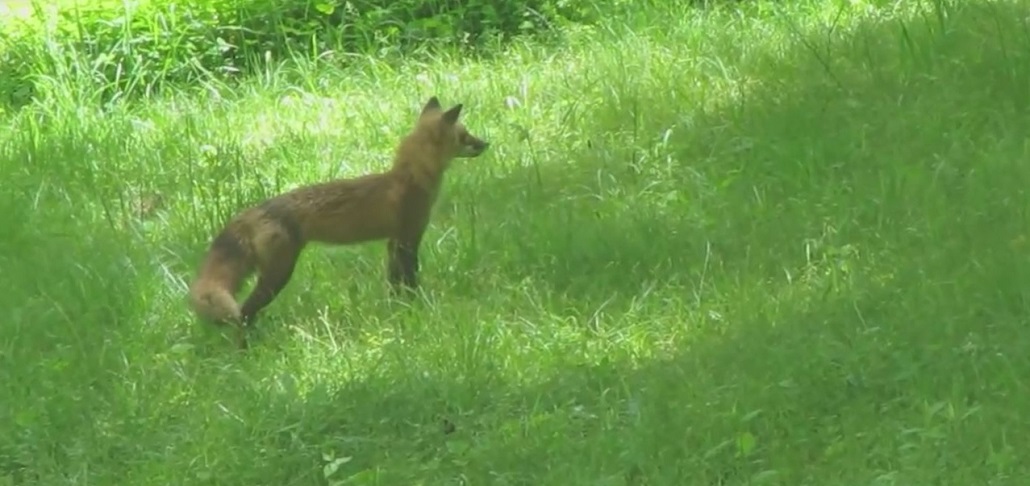- USA Wildlife Removal Education Guide - About Fox: Appearance, Biology, Life Cycle, Habitat, Diet, Behavior
About Fox: Appearance, Biology, Life Cycle, Habitat, Diet, Behavior

The Appearance of Fox
The average size of the fox is similar with the medium-built dogs. Since they are smaller creature, they are also lightweight. Some of them can weigh as much as 24lbs. The smallest type of fox would be fennec fox that can weigh up to 1.5kg. There are also species that can reach a length of up to 34 inches and their tail can grow up to 12 inches long.
Biology
The fox belong in the Canid family. They are commonly monogamous and will mate with only one partner during their entire life. Other foxes can also serve as nannies when taking care of the young fox. There are some cases that a male fox will have multiple mates. Female fox with similar mate will normally be found in a similar den. The fox also have the ability to identify the sound of the other fox. Some of their vocalizations will include howl, growl, and yips.
Life Cycle
The breeding season of the fox will be during the month of December-February. During the spring, the mother fox will give birth to up to 5 infants. When the litters are born, they will normally be hairless and blind. The mother fox will not leave her den until the infants are 2 weeks old. After they reach 4 weeks old, they will start to explore the areas near the den. They will leave their mother when they are 6-12 months old. The fox will reach a maturity stage at 10 months.
Habitat
The fox dwells at the wooded areas, but they will also be found in the deserts, grasslands, and mountains. They can also create a den by digging similar with the habit of the rodents. These locations will be a good place to store foods. The ideal temperature inside the den makes it a great place to give birth. They create their den with multiple exits allowing them to flee in case there are predators.
Diet
Fox are considered omnivores, which mean that they can eat meat and vegetables. The diet of the fox is primarily consists of smaller animals like hares, rabbits, mice, rats, voles, and lizards. It may also include bugs, fruits, and birds. Species of fox that reside close to the sea will eat crabs and fish.
Behavior
Fox are social creatures. They love to stick with the members of the family which may include the mother, mate, siblings, and others. These animals are nocturnal species who hunt their foods during the night. Their incredible eyesight is comparable to the sharp eyes of the cat. They are also agile that has a maximum speed of 45mph.
Fox is known to contribute in the decreasing numbers of other creatures. In case their presence in your area becomes a concern, seek the help of a wildlife removal company.
If you need help, we service the entire USA! Click here for a wildlife removal specialist in your town!
Learn more about Removal or solve a problem yourself with my How To Get Rid Of Foxes guide.

